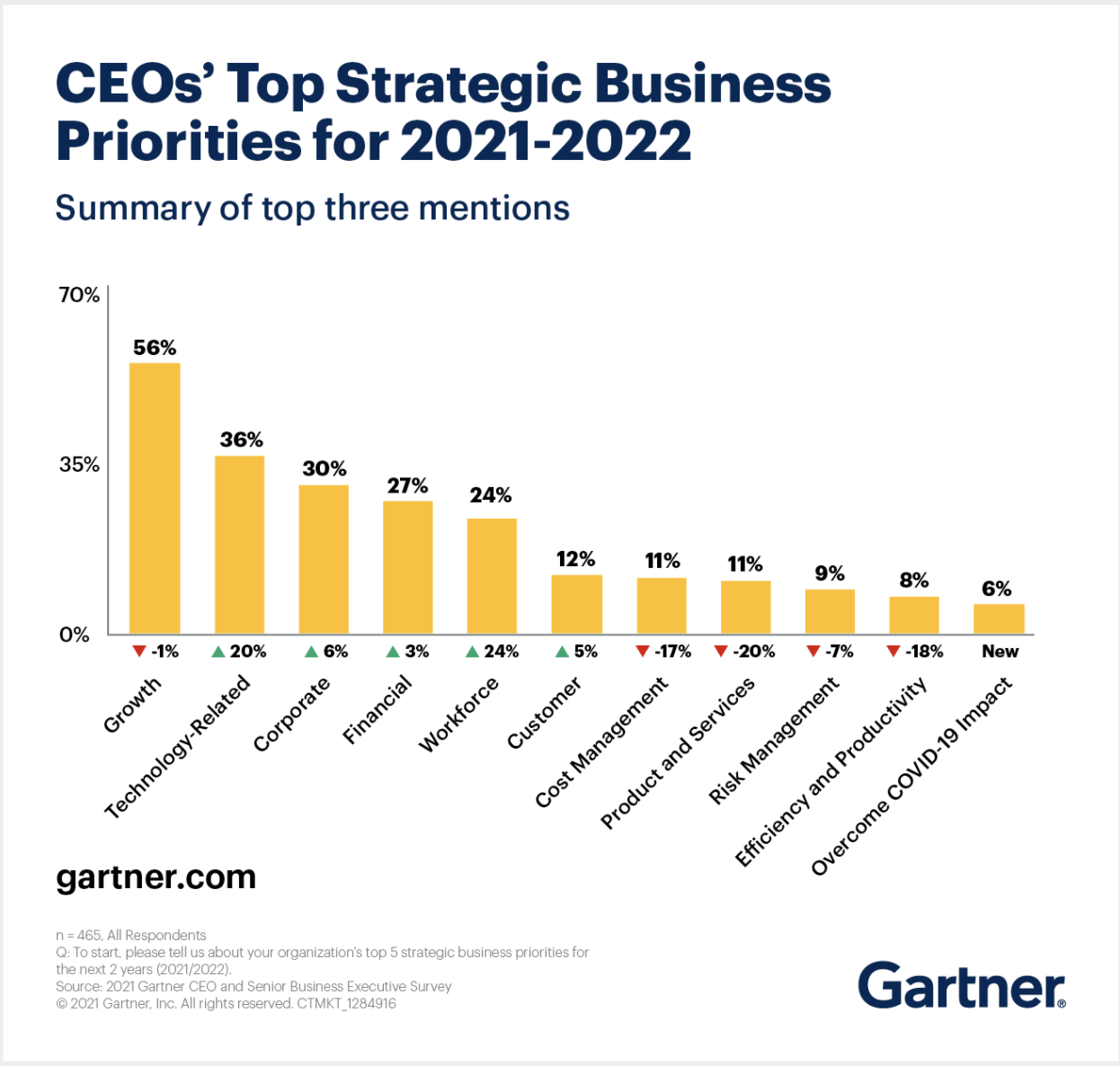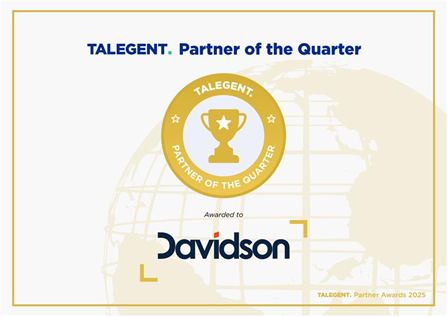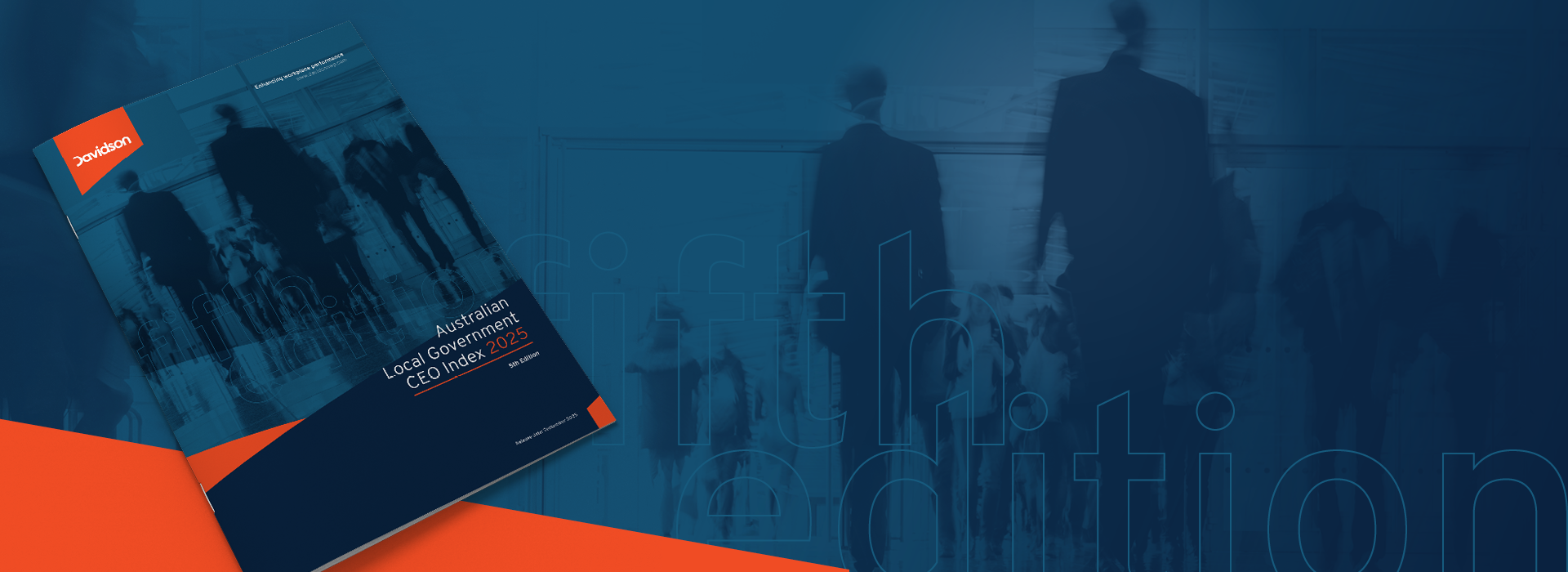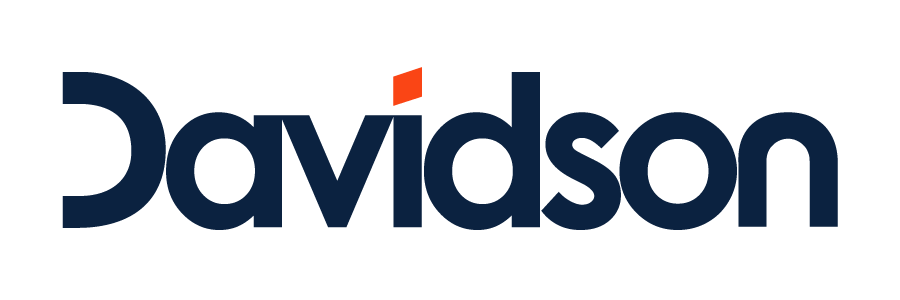The Hiring Tsunami: riding the wave of The Great Resignation and finding those impact players

By Clare McCartin
Managing Partner
Search & Advisory at Davidson
We’ve all heard of The Great Resignation or The Great Attraction, but our attention needs to be focused on the Hiring Tsunami that’s about to hit our shores.
While The Great Resignation debate is a valid reason to stop and revaluate what your organisation is doing to retain your workforce, particularly those who may have been impacted by COVID lockdowns or feeling the heightened pressure on their resilience, there is a need to push the debate further.
One area that has been overlooked or not treated with the same intensity is that we are going to see a significant spike in hiring.
Yes, it’s well documented that companies will reportedly see an increase in turnover particularly as we move into the earlier part of 2022 as we see a greater incidence of ‘new year, new job’ mentality.
But running parallel to this are the intensified hiring targets on the horizon.
Over the past 18 months to two years, organisations and leaders across the globe have been reflecting on their organisation’s growth strategies, transformation and strategic plans to ensure their businesses are not only resilient to further disruptions, but also leading the charge in their sector.
A recent Gartner survey found that 60 per cent of CEOs expect their firm’s revenue to be back to 2019 levels by the end of 2021, and another 30% expect resurgence by 2022. Only 10% think they will need longer to recover.
More than half of respondents are backing up that optimism by naming growth as a top three business priority.
CEOs said they were placing fresh emphasis on new areas and relinquishing others. “The workforce gained the most momentum, with 24% of CEOs naming it among their top three priorities, a 24% increase from last year. This rapid rise is a sign that CEOs acknowledge the toll that 2020 took on people and the role skilled talent will play in enabling organisations to meet their goals,” the report said.

We’ve all heard of The Great Resignation or The Great Attraction, but our attention needs to be focused on the Hiring Tsunami that’s about to hit our shores.
While The Great Resignation debate is a valid reason to stop and revaluate what your organisation is doing to retain your workforce, particularly those who may have been impacted by COVID lockdowns or feeling the heightened pressure on their resilience, there is a need to push the debate further.
One area that has been overlooked or not treated with the same intensity is that we are going to see a significant spike in hiring.
Yes, it’s well documented that companies will reportedly see an increase in turnover particularly as we move into the earlier part of 2022 as we see a greater incidence of ‘new year, new job’ mentality.
But running parallel to this are the intensified hiring targets on the horizon.
Over the past 18 months to two years, organisations and leaders across the globe have been reflecting on their organisation’s growth strategies, transformation and strategic plans to ensure their businesses are not only resilient to further disruptions, but also leading the charge in their sector.
A recent Gartner survey found that 60 per cent of CEOs expect their firm’s revenue to be back to 2019 levels by the end of 2021, and another 30% expect resurgence by 2022. Only 10% think they will need longer to recover.
More than half of respondents are backing up that optimism by naming growth as a top three business priority.
CEOs said they were placing fresh emphasis on new areas and relinquishing others. “The workforce gained the most momentum, with 24% of CEOs naming it among their top three priorities, a 24% increase from last year. This rapid rise is a sign that CEOs acknowledge the toll that 2020 took on people and the role skilled talent will play in enabling organisations to meet their goals,” the report said.
This means leaders and hiring managers are now running two equally important races:
- to be the first choice for top performers who will drive these new areas and projects, and
- speeding up the plan to reduce turnover risks with existing staff.
How you ride the wave and be the top pick for future hires
In such a tight labour market, which is set to become even more competitive, the key is to identify impact players when hiring – and fast – while at the same time keeping the top impact players already in your team engaged.
And I would even throw a third challenge into the mix – aim to get the current top impact players in your team to bring their peers, who are most likely impact players, into your organisation as a peer referral.
Liz Wiseman, researcher and author of Impact Players (a 2021 number one New York Times best seller), says impact players have a multiplying effect equivalent to three to 30 people in your office. Yes, you read that correctly. An impact player is the one in your team who will have the value of three to 30 people in your office.
As part of her research, Liz interviewed 100 top performing companies globally to find the common trait of their impact players. According to Liz, this is how you can identify an impact player:
- While others do their job, Impact Players figure out the real job to be done.
- While others wait for direction, Impact Players step up and lead.
- While others escalate problems, Impact Players move things across the finish line.
- While others attempt to minimise change, Impact Players are learning and adapting to change.
- While others add to the load, the Impact Players make heavy demands feel lighter.
How we engage with impact players and what they want from their future employer
Historically, an employer of choice provides a good salary, a nice office, social activities, incentives, carparks, professional development and quirky perks in the office.
But these are all tactical items. This is what drives an impact player emotionally or psychologically:
- More tailored reward and recognition plans, which meet individual needs and programs. Stop a one approach fits all mentality.
- Defined growth opportunities through clear career paths with key milestones
- Individual programs which look at employees as humans rather than workers.
- Areas to enrich their life. They're not just interested in the experience they can have at work; they're interested in what an employer does to enrich their life experience. They want to be able to speak with pride about their work and what impact it is making in the world to their friends and families. Aside from making people richer, or ticking boxes, impact players want to engage in meaningful work…work that their children respect and look up to.
- Promises made and met, particularly as we move into next year. People may not get bonuses that are as good as they hoped, miss out on promotions they feel they deserve, or be properly thanked in performance reviews for their recent hard work during the disruption caused by the pandemic. Manage this and where you can meet and exceed promises, and if you can’t do that find a proactive alternative.
- And it’s no surprise that flexibility is a big part of the equation for employees.
How we reduce turnover, so we aren’t increasing the hiring needs
Much has been written since The Great Resignation conversation came out after Microsoft revealed its research which showed more than 40 per cent of the global workforce are considering leaving their employers this year.
The forecasted mass exodus has smart leaders bracing for a seismic shift in the workforce and looking at what they can do to ensure they aren’t losing their staff, particularly those impact players who will be most likely head hunted by their competitors.
Companies need to focus on the needs of their employees and find a way to drive their growth ambitions without overstretching already fatigued staff.
The other side of this equation comes down to talk often and talk early. Have regular conversations with your team and ensure you are listening. A grumble about a project today becomes a point of stress and lost sleep in a few weeks if not addressed, heard or shown to be fixed.
Place even further importance on employee wellbeing. A large number of the surveys we run for our clients show a direct correlation between employee wellbeing and attrition risks.
While a number of data points are showing attrition risks as low at present, what we are seeing when we dig deeper is a vast difference when the question is posed in two parts.
It is important to note that an intent to stay can be measured in two ways: “I rarely think about looking for another role” or “I intend to keep working for Organisation XYZ for…1 year, 2,3 etc”.
Many when they answer employee surveys are thinking about their feelings right then and there as they answer the question – but dig deeper on their longer term plans.
We recently surveyed a government body which had a 20 per cent attrition risk including people that were “on the fence” about whether they intended to stay more than one year, or six per cent definite attrition risk. The split in the information provides the correct data for the leaders and HR team to map out plans for now and for later.
If organisations take this seriously and also take the genuine effort to find out what their team members need to retain them, this period of time could become both The Great Retention and the Great Attraction when riding the Hiring Tsunami.
By seeing this as an opportunity, a serious one at that, organisations could gain a head start in the race to attract, develop, and retain the impact players they need to lead those transformational and strategy plans and projects.
Executive Search
The right leaders to achieve the desired outcomes
Industry and subject matter experts to connect and ensure your leadership team has capability and capacity to drive effective results.
Share this content





